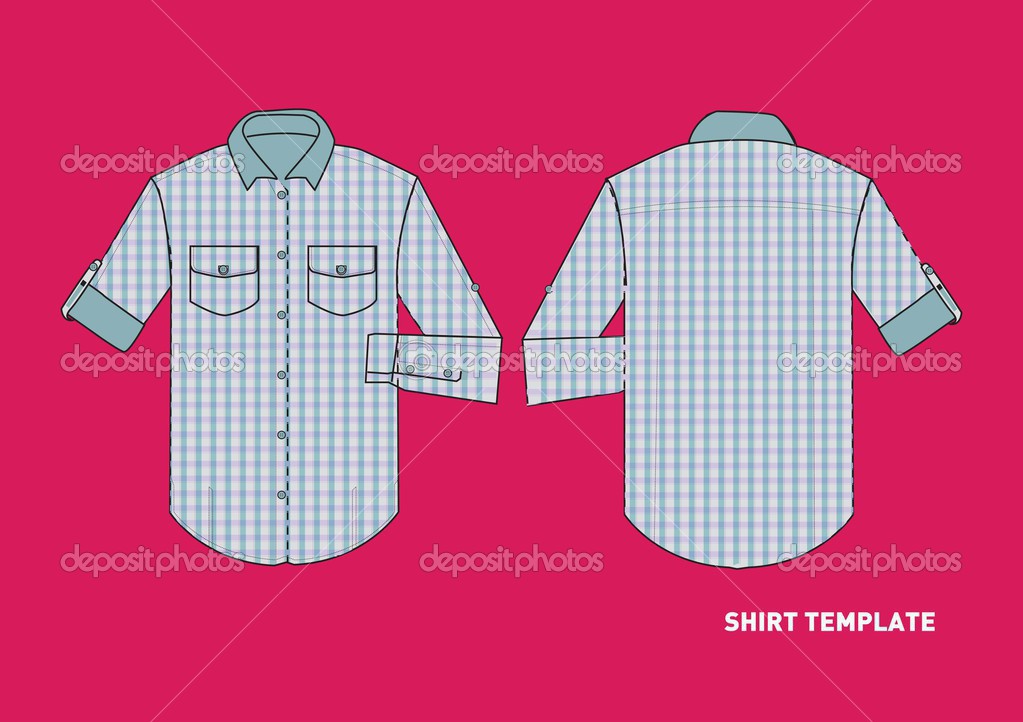Frequently Asked Questions Questions 1. General questions 1.1. What is Batik? Batik is a Java-based toolkit for applications or applets that want to use images in the format for various purposes, such as display, generation or manipulation. (Scalable Vector Graphics) is an open-standard language for describing two-dimensional (2D) graphics in XML. It is a Recommendation from the.
Download free batik gangster font, view its character map and generate text-based images or logos with batik gangster font online.

SVG lets you describe rich images with features such as gradients, transparency, filter effects and animation. SVG has three types of graphic objects: shapes (e.g., paths consisting of straight lines and curves), images and text. Graphical objects can be grouped, styled, transformed and composited (e.g., drawn with transparency). SVG has a large set of static features which includes nested transformations, clipping paths, masking and filter effects. In addition, SVG images can be dynamic and interactive.
A rich set of event handlers such as for mouse movement and clicks can be assigned to any SVG graphical object. These handlers can invoke scripts, which, in response to an event, can dynamically modify the SVG graphic through the SVG Document Object Model (DOM) API, allowing, for example scripts to change the color or location of graphical elements. SVG graphical elements can be animated through scripting. Alternatively, animation sequences can be expressed directly in XML because SVG leverages the specification for multimedia, another specification.
What can I do with Batik? Batik contains several which can be used independently or jointly to generate SVG content (see the and implementation documentation) view SVG content (see the ) or convert to and from the SVG format (see the page). In addition, Batik contains, such as an object-oriented Graphic Vector Toolkit (GVT), a set of low level parsers specific to the SVG syntax and a set of to the Java 2D API (such as sophisticated fill types and filter effects).

Finally, Batik comes with to help developers get familiar with the code and be quickly able to use the various modules: Squiggle, an (in the org.apache.batik.apps.svgbrowser package) an (in the org.apache.batik.apps.rasterizer package), a (in the org.apache.batik.apps.ttf2svg package) and an (in the org.apache.batik.apps.svgpp package). Squiggle, the can display SVG documents and lets the user zoom, pan and rotate any SVG document, view the SVG source, link between SVG documents, view a tree representation of the SVG DOM and more. One important component of the SVG viewer is the org.apache.batik.swing.JSVGCanvas component, which can be plugged in to any Java application or applet to provide SVG viewing capability. The lets the user convert SVG files to raster formats such as JPEG, PNG or TIFF.
It contains an extensible mechanism so that arbitrary raster formats can be added. For example, the rasterizer lets you create one SVG file with a special effect (e.g., shadows, gradients, etc.), turn it into a PNG image, then modify the SVG source (e.g., modify a piece of text or a color), and generate another PNG image from it.
This way, you can easily generate a series of images sharing a common theme or look and feel to post on a web site. (Note that the rasterizer can also be used on a web server to do this conversion automatically). The lets the user easily create an for a set of characters from a TrueType Font file. That SVG Font definition can be embedded in a document using the characters. This allows users to create SVG documents that are self contained and do not rely on system fonts, and guarantees that the SVG file will be displayed exactly as it was authored on all platforms.
The is a convenience tool to pretty print an SVG document, which means that you can reformat any existing SVG document to produce a nicely formatted and highly legible version. Lal meri pat rakhiyo. These applications show that Batik can be used client side (the browser can be used on any client machine) and server side (the rasterizer can be used to serve SVG images to client machines that do not have SVG support). Why do we have such a project at Apache? The is to promote the use of XML-based graphics by “providing robust, full-featured, commercial-quality, and freely available software packages for the conversion of XML to graphical output and for related components”. Batik as an open source implementation of a key format for today’s and tomorrow’s web fits well in this mission. How does Batik relate to other Apache projects?